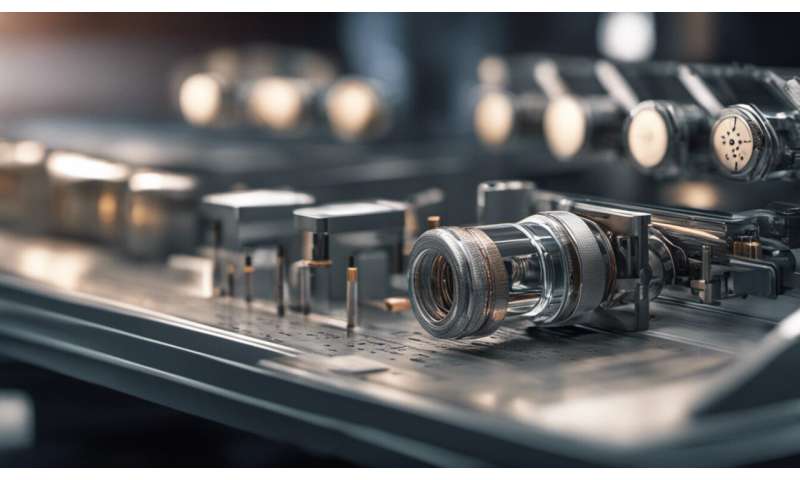Engineers design 'Smart Cuff' to monitor more cardiac variables in critical care patients

Surgical and intensive care patients face a higher risk of death and longer hospital stays because they are susceptible to both hypotension and hemodynamic instability—or unstable blood flow.
These potential complications require round-the-clock monitoring of several cardiac functions by nurses and physicians, but there's currently no singular, convenient device on the market that can measure the most vital aspects of a patient's cardiovascular health.
Ramakrishna Mukkamala, professor of bioengineering at the University of Pittsburgh Swanson School of Engineering, and Aman Mahajan, Safar Professor and Chair of Anesthesiology and Perioperative Medicine with a secondary appointment in bioengineering at Pitt, have developed "Smart Cuff"—a multifunction device that can reliably monitor blood pressure, cardiac output, and ventricular ejection fraction on its own.
"Several hemodynamic monitoring devices are currently available, but they are invasive, manual or nonstandard," Mukkamala said. "None have been widely adopted. Smart Cuff, which is worn on a patient's arm just like a typical blood pressure cuff in critical care, can eliminate all these hurdles and allow for more efficient patient care."
One device smart enough for three
When blood pressure is measured, a cuff is placed around the patient's arm and then is inflated until no blood can flow through the brachial artery. Air is then slowly released from the cuff, creating a waveform—a key aspect of the Smart Cuff.
Only blood pressure is calculated from the waveform. Physiology-inspired machine learning and innovative cuff inflation-deflation patterns can enable Smart Cuff to compute cardiac output and other important variables like pulse pressure variations and left ventricular ejection fraction, or rather how well oxygen-rich blood is being pumped out of the heart throughout the body.
"Blood pressure is vital for monitoring hypotension and other potential risks to patients, but cardiac output and left ventricular ejection fraction are needed to determine treatment," Mukkamala said. "Our goal here is to improve a patient's cardiovascular outcomes and simplify evaluation tools for medical professionals."
Provided by University of Pittsburgh